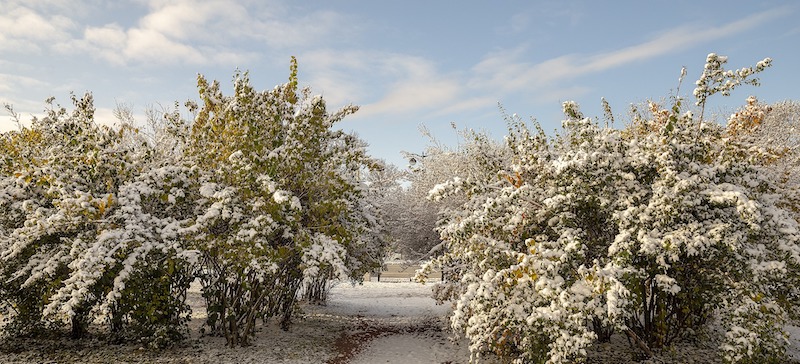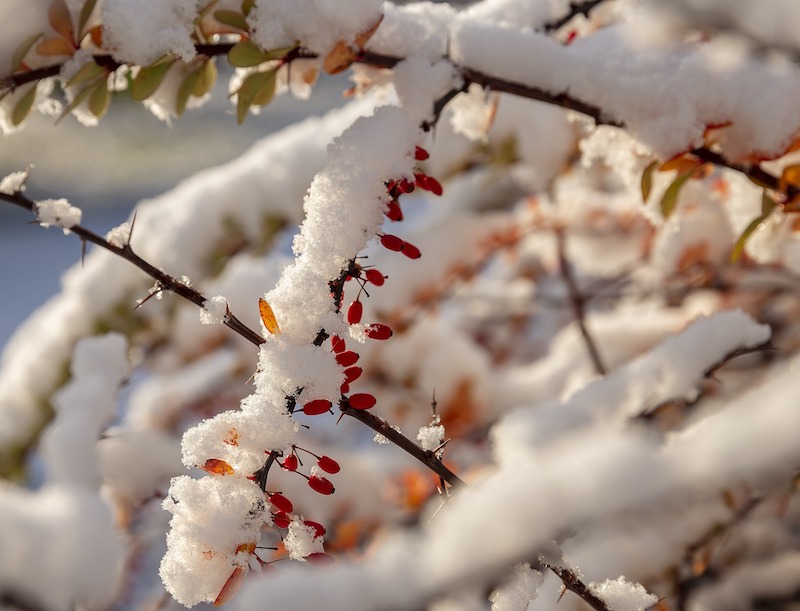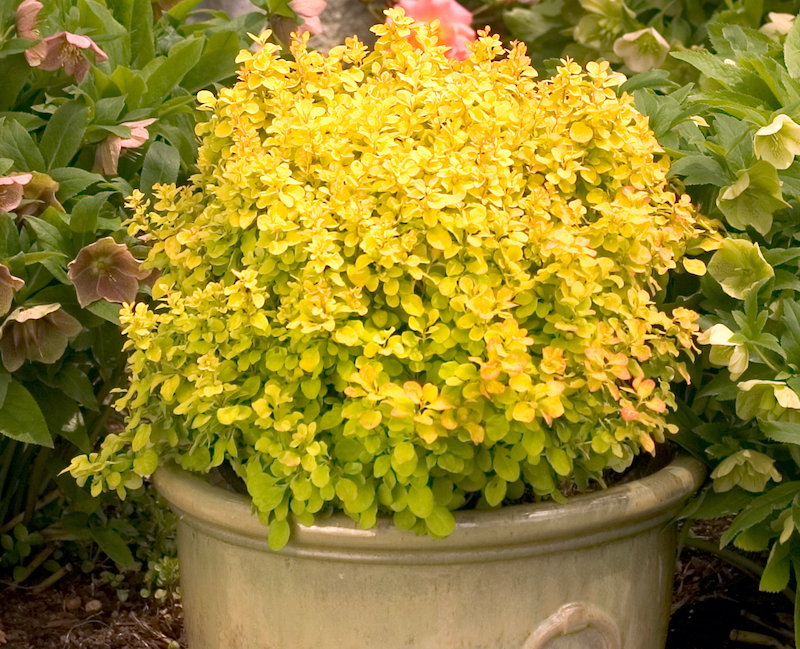With minimal planning and care, the Barberry bush can easily survive the winter and come back in the spring with lush foliage and lovely flowers. Most varieties are deciduous and go dormant during the winter. A few varieties are semi-evergreen and drop their leaves in mid-winter, while broadleaf evergreen barberry retains its leaves. Most deciduous varieties are hardy in zones 4 through 8. Plants in the colder zones may need some protection to help the plant overwinter, while plants in the warmer regions generally do not need extra winter care.

Protecting Barberry In Winter
Barberry plants do not generally need protection during the winter. Plants in areas prone to high winds can be wrapped in landscape fabric to protect against winter chill and damage. Cover plants in areas likely to receive a large snowfall to protect the branches from carrying a heavy load.
Cutting Back Barberry For Winter
Wait until the spring to prune Barberry bushes, and do not trim the plants in late fall because they won’t have time to harden off before winter frosts. For a particularly overgrown shrub, you can prune it back hard in winter to revitalize growth in the spring. Dead or damaged growth can be removed at any time.

Barberry Winter Care In Pots
If you live in an area with exceptionally cold winters, place potted Barberry plants in a protected area during the winter. The roots of potted plants do not have much protection from cold weather, and the winter chill can be damaging. Moving the plant to a protected area, even if the space is not heated, can be enough to protect the roots from cold blasts. A basement, garage, or shed are all good areas to store a potted Barberry plant during the winter.

Watering Barberry In Winter
It is not necessary to water Barberry shrubs during the winter. This bush typically receives enough natural precipitation to keep the roots hydrated. Watering potted Barberry plants is only necessary during the warmer months when the plant is actively growing. Only water during the winter if your area experiences a severe drought.
Growing Barberry Indoors
Barberry typically goes dormant during the winter when the weather is cold, so this shrub does not make a good indoor plant. Deciduous shrubs will drop their foliage during the winter, offering no color or texture for visual interest. Semi-deciduous and evergreen Barberry shrubs need good air circulation and bright conditions to thrive, so an indoor location is not ideal for their growing environment. Make sure potted plants are in a protected area, and wait until new growth emerges in the spring.
Steps To Care For Barberry In Winter
Winter care for Barberry shrubs is minimal. This leafy shrub is typically deciduous and dormant during the winter. Even evergreen varieties can be left alone in most climates. Plants likely to experience extreme winter weather will benefit from protection, but most plants will be fine without any special care.
Step 1 - Do not water Barberry bushes when they are not actively growing
Step 2 - Cover plants in areas likely to experience intense winter wind or high snowfall
Step 3 - Remove damaged growth, but wait until spring to prune or shape Barberry plants
Step 4 - In cold climates, move potted Barberry plants to a protected area so the plant is out of the elements
 |
Author Alison Cotsonas - Published 02-11-2023 |
